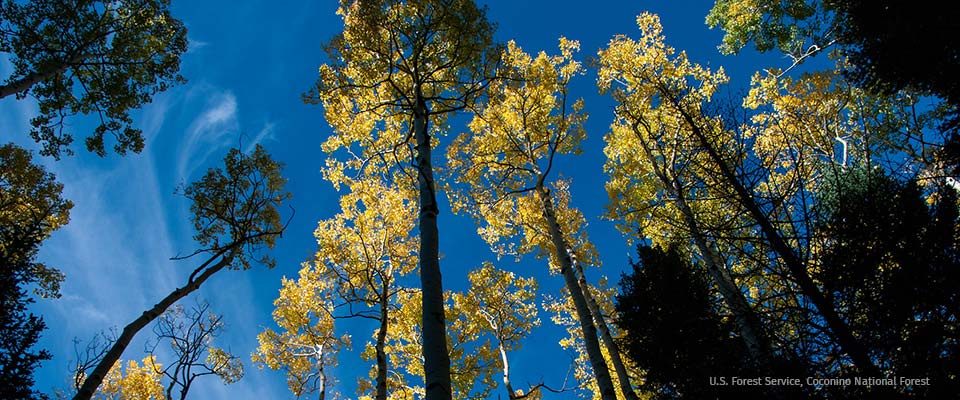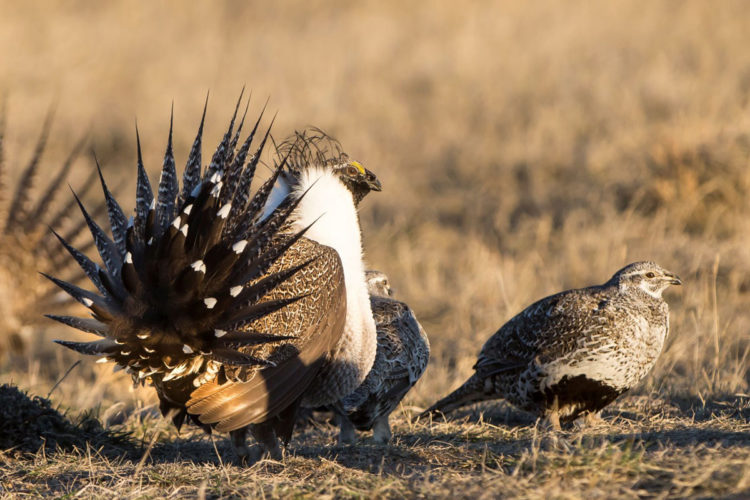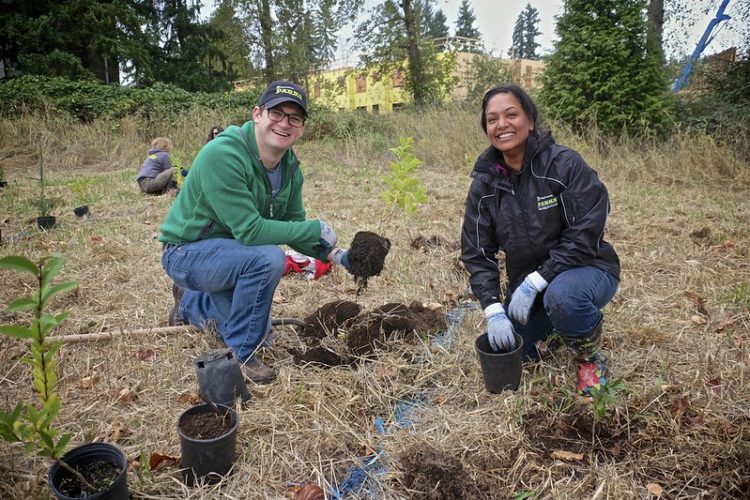We have much more to do and your continued support is needed now more than ever.
How Healthy Forests Combat Climate Change and Build Healthy Communities

Now, more than ever, our country needs effective and science-based approaches to better protect both public health and the natural ecosystems that support us. Reforestation and forest restoration not only improve the environment but create jobs for hundreds of thousands of Americans, which is vitally needed to help us recover from the COVID-19 pandemic.
Forests, grasslands, and other natural ecosystems play a critical role in absorbing carbon dioxide—a greenhouse gas that is the primary driver behind climate change. As the Earth continues to warm, researchers and policymakers are starting to appreciate the role that nature can play in combating the climate crisis. A 2019 study in Science Magazine suggested that global tree restoration could be one of our most effective climate change solutions, and other recent research shows that natural climate solutions could provide as much as 37 percent of needed emission reductions over the next few decades. By reducing emissions, we can also protect human communities from increased levels of air pollution that can lead to illnesses like asthma and lung disease, which are making already vulnerable communities more susceptible to COVID-19.
Unfortunately, it’s not as simple as just planting trees though. Responsible forest management and planning is needed to ensure that both human communities and the environment are protected during reforestation and restoration efforts to capture carbon. So, what needs to be considered for tree-planting initiatives?
Location Matters

Planting trees in naturally treeless ecosystems, like native grasslands and shrublands, can actually have a negative effect on wildlife that rely on and are adapted to these unforested ecosystems. Foresting an environment where there are naturally few to no trees can threaten existing ecological processes, eradicate rare and endangered native species, reduce productivity and biodiversity, and damage wildlife habitat. Placing trees in prairies, for example, can offer perches for predators of native grassland birds, like prairie chickens and sage grouse, putting additional pressure on these fast-declining species.
However, planting trees on degraded lands—from abandoned agricultural fields and mine lands to marginal pastures—offers a great opportunity to capture carbon and combat climate change while also restoring and revitalizing natural ecosystems. Similarly, enhancing the health of existing natural forests through planting appropriate tree species can simultaneously increase an ecosystem’s ability to absorb and store carbon and provide a host of other environmental benefits, ranging from improving wildlife habitat and producing clean water to reducing wildfire risks.
Well-designed restoration projects can also play a major role in protecting public health. For example, rebuilding tree canopies in urban areas, which are particularly vulnerable to extreme heat, can provide needed shade and cooling. Because pavement and buildings absorb and retain heat—a phenomenon known as the “urban heat island”—temperatures in an urban center can vary between 1.8 to 5.4 °F warmer than in surrounding areas.
Extreme heat is now one of the deadliest weather events, killing more than 600 people in the United States each year, and studies have shown that the most vulnerable populations tend to live in urban, extremely hot neighborhoods, disproportionately succumbing to heat-related illness or death. Planting trees in urban centers can help mitigate the escalating threat of extreme heat.
The More Trees, The Better?

Contrary to popular belief, more trees aren’t always better for wildlife. In fact, in some places, adding more trees to the landscape can actually be harmful to wildlife and degrade ecosystem functioning. Poorly designed planting practices like only growing a single type of tree, putting trees too close together, or relying on fast-growing invasive species, which can outcompete the native species, can all create problems—including decreasing the structural diversity of natural forests and rendering a forest more vulnerable to the rapid spread of insects and disease.
For example, widespread planting of non-native eucalyptus trees in coastal California not only provides little value for wildlife, but chemicals in the leaves also inhibit the growth of wildflowers and native shrubs in the understory. What’s worse, when eucalyptus trees die from periodic cold snaps they can become fire hazards for surrounding communities, as happened in the Oakland Hills firestorm of 1991. Likewise, planting trees too close together can immensely degrade forested ecosystems by preventing light from reaching the plants in the understory.
Nurturing our natural forests back to health will often require fewer, rather than more trees. Decades of fire suppression and underinvestment in forest management have resulted in millions of acres of forests, especially in the West, that are overgrown and susceptible to increasingly severe wildfires and outbreaks of disease and pests, like the emerald ash borer. The U.S. Forest Service estimates that more than 80 million acres of national forests need restoration.
Accomplishing this will often require the use of carefully controlled prescribed burns and other actions designed to thin undergrowth and create more open, less dense tree canopies. Prescribed burning can benefit wildlife by restoring natural patterns across the landscape and revitalizing understory plants on which birds and other creatures depend. For example, low-intensity controlled fires can create suitable nest sites for ground-nesting birds such as Bachmann’s sparrow and open spaces essential for gopher tortoises to forage and dig burrows.
More Than Just Planting

Putting more trees in the ground is also just the start. Newly planted trees, whether from seeds, seedlings, or saplings, need ongoing care and stewardship to become established and thrive. To achieve the true potential of these reforestation initiatives, we need to ramp up investments in forest management and stewardship. Recent changes in the way Congress allocates money for fire suppression and wildfire disasters offer a glimmer of hope, but only if budget savings are used to ramp up ecologically appropriate restoration efforts.
Our changing climate also must be factored into how and where we carry out reforestation and restoration. Given their long lifecycle, trees planted today will grow and mature under very different climatic conditions than exist at present. Forests of the future will be confronted with a host of new pressures, from hotter summers and warmer winters to increasingly severe droughts, wildfires, and storms. Fortunately, techniques for climate-smart conservation are emerging that can help managers sustain forests and other natural systems like wetlands, marshes, and floodplains—and the carbon they store—in the face of these accelerating changes.
How to Restore Responsibly
Planting and nurturing trees can play an important role in combating climate change and moving society toward a negative carbon future. But, as we seek to harness nature to absorb carbon and address the climate crisis, we need to ensure that we don’t unintentionally worsen other problems, including wildlife declines and growing numbers of species extinctions. The bottom line is that we need long-term investments to put the right trees in the right places.
But, the good news is that increasing investments in reforestation and forest restoration would provide needed jobs, especially in rural communities, as we work to recover from the devastating economic effects of the COVID-19 pandemic. The current public health crisis should heighten our awareness of the importance of preparing for future emergencies, including those that inevitably will be brought on by an overheating planet. By putting people to work in reforestation and restoration jobs, we have an opportunity to make our nation more resilient by healing our forests and regrowing the economy.
Like what you read? Please consider making a donation to support our critical species recovery and conservation work.
DONATE






















